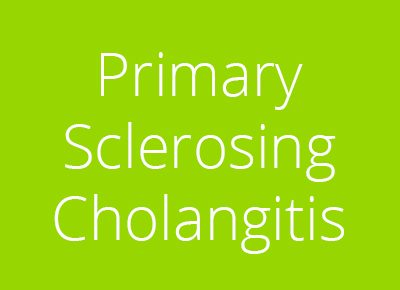What is it?
Primary Sclerosing Cholangitis (PSC) is a rare and chronic disease in which the ducts that transport bile from the liver develop inflammation and scar over time.
Bile is made in the liver and travels to the intestine through bile ducts. It aids in metabolism and digestion of food and other substances.
If bile cannot exit the liver due to scars and blockages in the bile ducts, liver damage can occur because of inflammation caused by the toxic effects of retained bile.
Scarring of the bile ducts and of the liver, called “fibrosis,” can worsen over the course of years and result in further liver damage and other complications
What are the symptoms?
Many patients with PSC have no symptoms, especially in the early stages.
However, symptoms often develop as the disease worsens.
Symptoms of PSC can include:
- Itching of the skin (pruritus)
- Fatigue
- Sudden fevers, chills and abdominal
- Pain due to an infection of the bile (cholangitis)
- Yellowing of the skin and eyes (jaundice)
- If a patient with PSC develops advanced (decompensated) cirrhosis, symptoms could include:
- Weight loss and malnutrition
- Ascites (fluid in the abdomen)
- Hepatic encephalopathy (confusion)
- Intestinal bleeding from enlarged veins
How is it diagnosed?
PSC is diagnosed based on the finding of scars in the bile ducts, including ducts within or outside the liver. Bile duct scars are usually assessed by an imaging test (MRI) or by an endoscopic procedure (ERCP) where dye is injected into the bile ducts.
Liver function tests are often abnormal.
How is it treated?
Some patients take ursodiol (ursodeoxycholic acid) to reduce biliary inflammation in PSC, but this has not been shown to cure PSC or stop the disease from worsening.
Are there any complications?
Patients with an infection of the bile need antibiotics, and a blocked bile duct requires an endoscopy or radiology procedure to open the duct.
Patients with advanced disease (decompensated cirrhosis) need a liver transplant evaluation.
